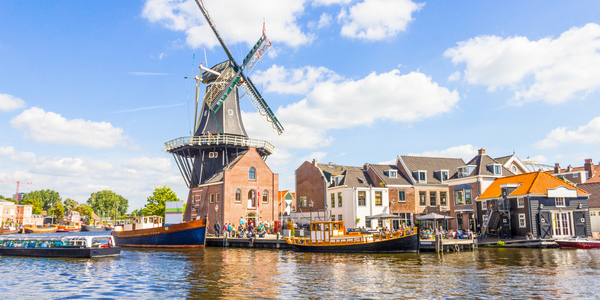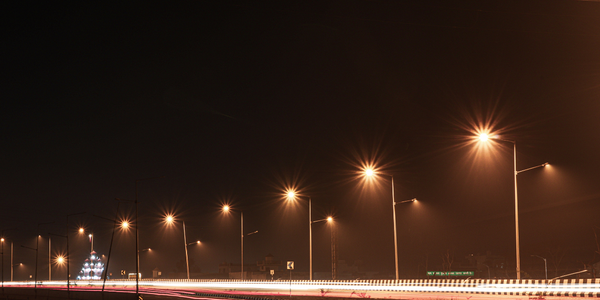Region
- America
Country
- United States
Product
- DataRobot
Tech Stack
- DataRobot
- Tableau
Impact Metrics
- Environmental Impact Reduction
Technology Category
- Analytics & Modeling - Predictive Analytics
Applicable Industries
- Cities & Municipalities
Use Cases
- Predictive Quality Analytics
Services
- Data Science Services
About The Customer
Anacostia Riverkeeper is a nonprofit organization based in Washington, DC. Their mission is to protect and restore the Anacostia River for all who live, work, and play in its watershed, and to advocate for a clean river for all its communities. The Anacostia River runs through the heart of Washington, DC and parts of Maryland. Like many urban waterways, it is heavily polluted, and swimming has been illegal since the 1970s due to health concerns about pollution.
The Challenge
Anacostia Riverkeeper is a nonprofit organization dedicated to protecting and restoring the Anacostia River, which runs through Washington, DC and parts of Maryland. The river is heavily polluted, and swimming has been illegal since the 1970s due to health concerns about pollution. The current methods for testing water quality take days to return results, creating a delay between when the water is tested and when the results are shared with the public. Moreover, water quality can rapidly change with weather conditions, such as rain, making test results outdated before they’re even returned. Anacostia Riverkeeper needed a more efficient and timely way to monitor and predict water quality in the Anacostia River.
The Solution
Through DataRobot’s AI for Good program, Anacostia Riverkeeper partnered with DataRobot to develop a system to predict if E. coli levels are above safe levels. The team collected data about the discharge, gauge height, temperature, and more from 28 sensors at different locations in the Anacostia River from the United States Geological Survey (USGS). These features were aggregated over the preceding 12 and 24 hours to capture a historical sense of the river’s conditions. The team used DataRobot to build and train dozens of binary classification models, and then selected and deployed the best model. The solution engineers then built a script that pulls the USGS sensor data, aggregates it, and sends it to DataRobot for scoring. The results are stored in a database and visualized using Tableau.
Operational Impact

Case Study missing?
Start adding your own!
Register with your work email and create a new case study profile for your business.
Related Case Studies.

Case Study
Turning A Stadium Into A Smart Building
Honeywell created what it called the “intelligent system” for the National Stadium in Beijing, China, turning the venue for the opening and closing events at the 2008 Summer Olympics into a “smart building.” Designed by highly controversial artist Ai Weiwei, the “Bird’s Nest” remains one of the most impressive feats of stadium architecture in the world. The 250,000 square meter structure housed more than 100,000 athletes and spectators at a time. To accommodate such capacity, China turned to Honeywell’s EBI Integrated Building Management System to create an integrated “intelligent system” for improved building security, safety and energy efficiency.
.png)
Case Study
Smart Street Light Network (Copenhagen)
Key stakeholders are taking a comprehensive approach to rethinking smart city innovation. City leaders have collaborated through partnerships involving government, research institutions and solution providers. The Copenhagen Solutions Lab is one of the leading organizations at the forefront of this movement. By bringing together manufacturers with municipal buyers, the Copenhagen Solutions Lab has catalyzed the development and deployment of next-generation smart city innovations. Copenhagen is leveraging this unique approach to accelerate the implementation of smart city solutions. One of the primary focus areas is LED street lighting.

Case Study
Buoy Status Monitoring with LoRa
The Netherlands are well-known for their inland waterways, canals, sluices and of course port activities. The Dutch Ministry of Infrastructure indicates that there are thousands of buoys and fixed items in and near water environments that would profit from IoT monitoring. One of the problems with buoys for example, is that they get hit by ships and the anchor cable breaks. Without connectivity, it takes quite some time to find out that something has happened with that buoy. Not to mention the costs of renting a boat to go to the buoy to fix it. Another important issue, is that there is no real-time monitoring of the buoys at this moment. Only by physically visiting the object on the water, one gains insight in its status.

Case Study
China Mobile Smart Parking
Smart Parking, powered by NB-IoT technology, is making it easier for drivers to find free parking spots. Cities can better manage their parking assets and maximize the revenue available to them as a result. Drivers searching for parking create congestion and pollution by circling and hunting for available parking. Smart Parking services are able to significantly ease these problems by guiding a driver directly to a parking space.

Case Study
Barcelona Case Study
Barcelona’s heavy traffic and its associated high levels of pollution were the primary factors that motivated some companies and universities to work on strategies for improving traffic in the city centre. Bitcarrier is one of the technologies involved in the In4Mo Project, whose main objective is to develop the applications that form the core of smart mobility, one of the fundamental pillars of the smart city concept.




